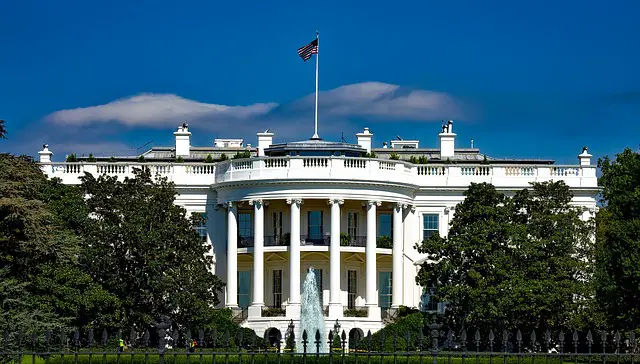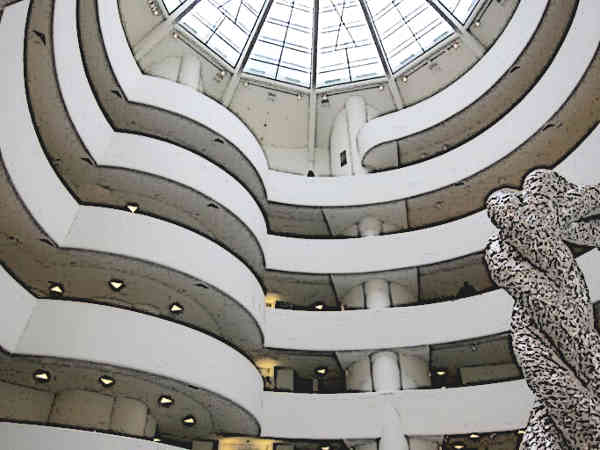Top 10 American Buildings
American architecture began with the colonization of North America and has since evolved through a blend of global influences. Early colonial structures reflected practical European designs, but toward the end of the colonial era, architecture in America began to draw inspiration from classical Roman and Greek styles. This list highlights ten of the most iconic and historically significant buildings in the United States — landmarks that showcase the diversity and evolution of American architectural identity.
This list is part of our broader exploration of iconic American architecture and landmarks, showcasing the nation’s most celebrated buildings.
Below is our top ten American buildings List
Please also see top 10 american skyscrapers
1. Falling Water
A house designed by architect Frank Lloyd Wright in 1935, it is a sight to behold. Built over a waterfall located in the Laurel Highlands of the Allegheny Mountains, the house was originally estimated to cost a whopping $155,000.

The house was especially designed for Liliane Kaufmann and her husband, Edgar J. Kaufmann Sr., the owners of Kaufmann’s Department Store.
It, along with several other architectural marvels designed by Wright, was inscribed on the World Heritage List. It is also listed on the Smithsonian’s ‘Life List of 28 places to visit before you die’.
2. The White House
The White House is the iconic structure that serves as the American President’s residence.
Located at Pennsylvania Avenue in Washington DC, it has been the official residence of every President of the USA since the time of John Adams in 1800.
The term ‘White House’ is used as a figure of speech for the President and his advisors.

It was designed by Irish architect James Hoban. Hoban modeled the building around Leinster House in Dublin. The White House was open to the public in general until the early part of the 20th century.
It was later made accessible to the public in other, less intrusive, ways. The White House Visitors Office is responsible for public tours of the White House and other events.
3. Lincoln Memorial
A national museum, it was built in honor of the 16th President of the United States of America, Abraham Lincoln. Located on the western end of the National Mall, the Lincoln Memorial was designed by architect Henry Bacon.

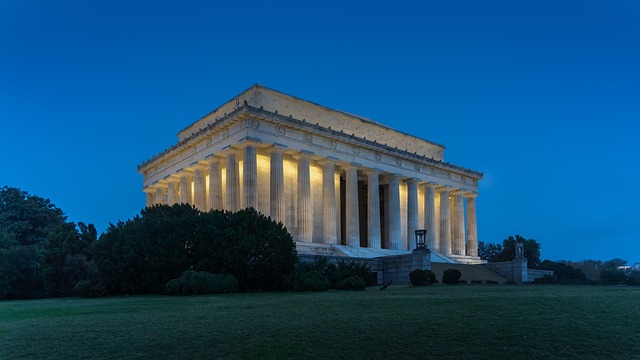
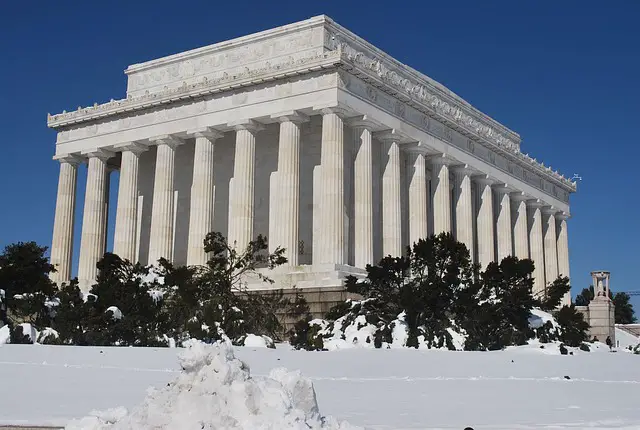
The building is designed in the form of the Greek Doric temple.
It contains a large sculpture of a seat Abraham Lincoln, alongside inscriptions of two of his most well-known speeches. It is one of the main tourist attractions in Washington DC.
4. United States Capitol
More commonly known as the Capitol Building, or simply as the Capitol, it is the home of the United States Congress. Located on Capitol Hill, it is the seat of the legislative branch of the US. Federal government. At the time of its construction, it was at the center of the Federal District.

It was subsequently expanded after completion in 1800. The additional construction included an added dome along with expanded chambers for the House of Representatives in the north wing and the Senate in the south wing.

The Capitol Building forms the original point of the District’s street numbering system and the District’s four quadrants.
5. Solomon R. Guggenheim Museum
Yet another magnificent building designed by architect Frank Lloyd Wright, the Solomon R. Guggenheim is an art museum located at Fifth Avenue.
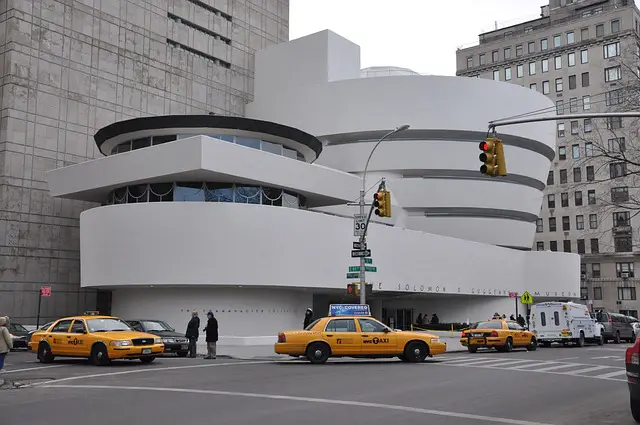
Commonly referred to as simply the ‘Guggenheim Museum’, it is the home of continually expanding Impressionist, Post-Impressionist, early Modern and contemporary art collections.
The Museum was established by the Solomon R. Guggenheim Foundation, which is a leading non-profit organization for the collection preservation, and research of modern and contemporary art.
The Foundation runs various museums around the world. Established in 1939, the Museum adopted its current name after the death of the founder of the Foundation.
6. The Glass House
The Johnson House is a historic museum in Connecticut. More commonly referred to as ‘The Glass House’, it was designed by Phillip Johnson as his own residence in 1948.

The famous building is an example of minimal structure and proportion, with the added effects of transparency and reflection. It showcases the early use of industrial materials such as glass and steel in the construction of residential buildings.
7. Trinity Church (Boston)
Located in the area of Back Bay, the Trinity Church in Boston is a parish of the Episcopal Diocese of Massachusetts.
Founded in 1733, the structure is designed like a modified Greek cross. Four arms extend outwards from the central tower, which stands at a stunning 211 feet tall.

The Church is the only church in the USA, and the only building in the city of Boston, to be included in the American Institute of Architects – (AIA) list of ‘Ten Most Significant Buildings in the United States’.
8. The Pentagon
The Headquarters of the United States Department of Defense, the Pentagon is the world’s largest office building. With about 6,500,000 square feet of space, the Pentagon was designed by architect George Bergstrom.

The central five-acre plaza is nicknamed ‘ground zero’ on the presumption that it would be a prime target in a nuclear war. The Pentagon is listed on ‘The National Register of Historic Places’ and is considered a ‘National Historic Landmark’.
9. Milwaukee Art Museum
An Art Museum in Wisconsin, its collection contains nearly 25000 works of art.
It is one of the largest museums in the United States of America. Formerly known as the Milwaukee Art Center, it was formed when the Milwaukee Art Institute and Layton Art Gallery merged their art collections in 1957.
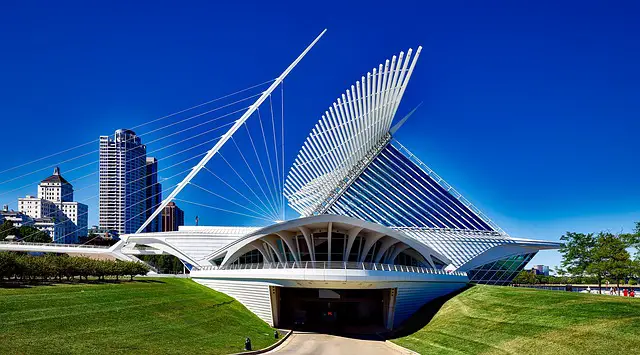
Over the years the building went through several additions and upgrades. In 2015, the Museum opened a $34 million expansion funded jointly by a museum capital campaign and the Milwaukee County.

The massive collection of artworks is housed on four floors, with works ranging from antique pieces to present modern times.
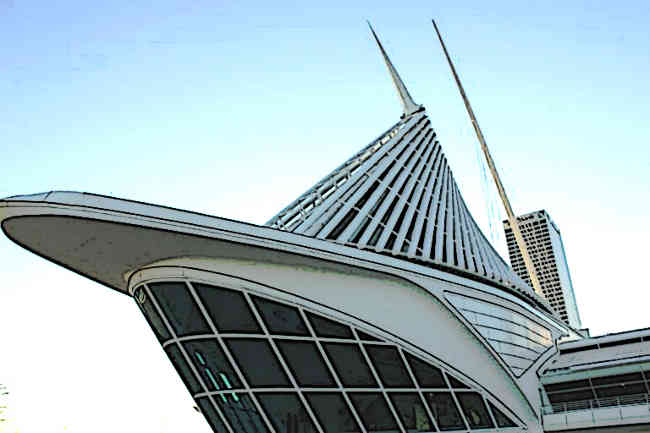
10. Smithsonian
The Smithsonian Institution, more commonly known simply as the Smithsonian, is a group of museums and research centers administered by the government of the United States of America.
Founded in August 1846, the purpose of the institution was to ‘increase and diffuse knowledge’.

The world’s largest museum and research complex, the Smithsonian consists of 19 museums, nine research centers, and a zoo. It also historical and architectural landmarks, which are mostly located in the District of Columbia.
It is nicknamed ‘the nation’s attic’ for its comprehensive collection of 154 million items.

The Smithsonian also has several publications, including the ‘Smithsonian Magazine’ and ‘Air and Space Magazine’. It is dedicated to preserving the heritage of the United States of America, while at the same time discovering new knowledge and sharing resources with the world.
Its 30 million annual visitors are admitted without charge.
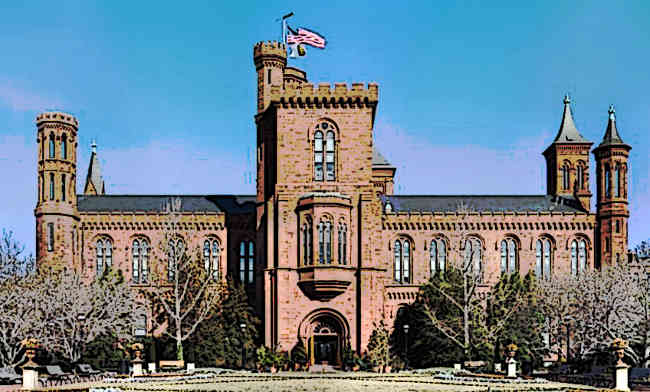
What makes the Empire State Building so iconic?
he Empire State Building, located in Midtown Manhattan, New York City, is a 102-story skyscraper that stands 443.2 meters tall. It was completed in 1931 and is renowned for its Art Deco design and breathtaking views from its observation decks
Why is the White House significant in American history?
The White House, situated in Washington, D.C., has been the official residence of every U.S. president since John Adams in 1800. Designed by James Hoban, it symbolizes the executive branch of the government and is a major historical landmark
What is unique about Fallingwater?
Fallingwater, designed by architect Frank Lloyd Wright in 1935, is a masterpiece of modern architecture. Built over a waterfall in Pennsylvania, it seamlessly integrates nature into its design and is listed as a UNESCO World Heritage Site
What is the significance of the Lincoln Memorial?
The Lincoln Memorial, located in Washington, D.C., honors Abraham Lincoln, the 16th President of the United States. Designed in the style of a Greek Doric temple, it features a large seated sculpture of Lincoln and inscriptions of his famous speeches
Why is the United States Capitol an architectural marvel?
The United States Capitol, also known as the Capitol Building, is the seat of the legislative branch of the U.S. government. Its neoclassical design, large dome, and historical significance make it a prominent landmark in Washington, D.C
What makes the Chrysler Building stand out?
The Chrysler Building, located in Manhattan, New York, is an Art Deco skyscraper famous for its crown with seven radiating arches. Completed in 1930, it remains an architectural gem and a symbol of New York City’s skyline
- Famous American Buildings
- Capitol Building
- Central Park New York
- Chrysler Building
- Empire State Building
- Flatiron Building
- Golden Gate Bridge
- Grand Central Terminal
- Jefferson Memorial
- Lincoln Memorial
- Memorial Statues
- One World Trade Center
- Statue of Liberty
- Top 10 American Buildings
- Top 10 American Memorials
- Top 10 American Skyscrapers
- Wall Street
- Washington Monument
- Washington National Cathedral
- White House
- Willis Tower
